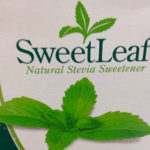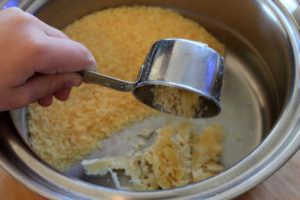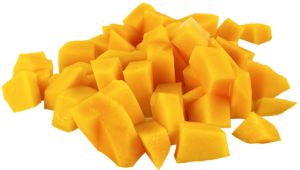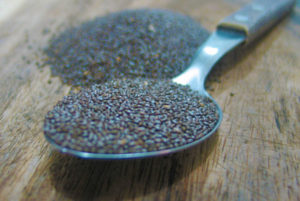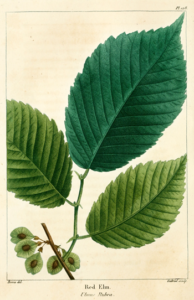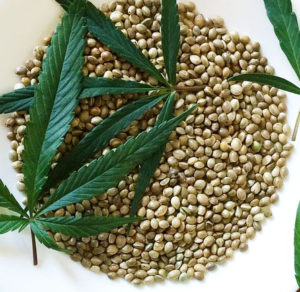 Oriental disciplines can relieve stress
Oriental disciplines can relieve stress
Oriental physical, mental, and spiritual disciplines such as yoga, t’ai chi, and qigong, which combine exercise with meditation and mindfulness, can trigger the release of beneficial hormones and other body-chemicals. Reducing stress can help people with histamine intolerance.
Evidence shows that such oriental disciplines can lower cortisol levels and encourage cell-healing. In fact, studies have found that when used to supplement traditional forms of treatment, regular practice of such techniques can:
- reduce stress levels
- combat depression
- improve the quality of sleep
- keep the body flexible
- improve the sense of balance
- help maintain bone density
- decrease the pain of arthritis
- improve heart health
- reduce hypertension
Yoga
Yoga is a group of physical, mental and spiritual disciplines that began in ancient India. There is a broad variety of Yoga schools, practices, and goals.
Types of yoga include Hatha, Vinyasa, Iyengar, Ashtanga, Bikram, Kundalini and Yin. “How to Do Yoga for Absolute Beginners” can be found here.
T‘ai-chi
T‘ai-chi is a Chinese discipline. Though originally conceived as a martial art and used for defense training, it is frequently practiced for a variety of health reasons. It has become popular worldwide. Most modern styles of t‘ai-chi trace their origins back to one or other of the five traditional schools: Chen, Yang, Wu (Hao), Wu, and Sun.
“How to do Tai Chi” can be found here.
Qigong
“Qigong is a holistic system of coordinated body posture and movement, breathing, and meditation used for health, spirituality, and martial arts training. With roots in Chinese medicine, philosophy, and martial arts, qigong is traditionally viewed as a practice to cultivate and balance qi (chi), translated as ‘life energy’.[Cohen, 1999]
“Qigong practice typically involves moving meditation, coordinating slow flowing movement, deep rhythmic breathing, and calm meditative state of mind. Qigong is now practiced throughout China and worldwide for recreation, exercise and relaxation, preventive medicine and self-healing, alternative medicine, meditation and self-cultivation, and training for martial arts.”How to Practice Qigong” here.
[Wikipedia]
You don’t need expensive equipment or even expensive classes to practice these methods. Classes are recommended, because of the social benefit of exercising in groups, and the value of a good teacher. However if you’re really hard up and cannot afford classes, once you have learned some moves from books or YouTube, you can practice yoga, t’ai chi, or qigong for free at home.
Reference:
Cohen, K. S. (1999). The Way of Qigong: The Art and Science of Chinese Energy Healing. Random House of Canada. ISBN 0-345-42109-4.






